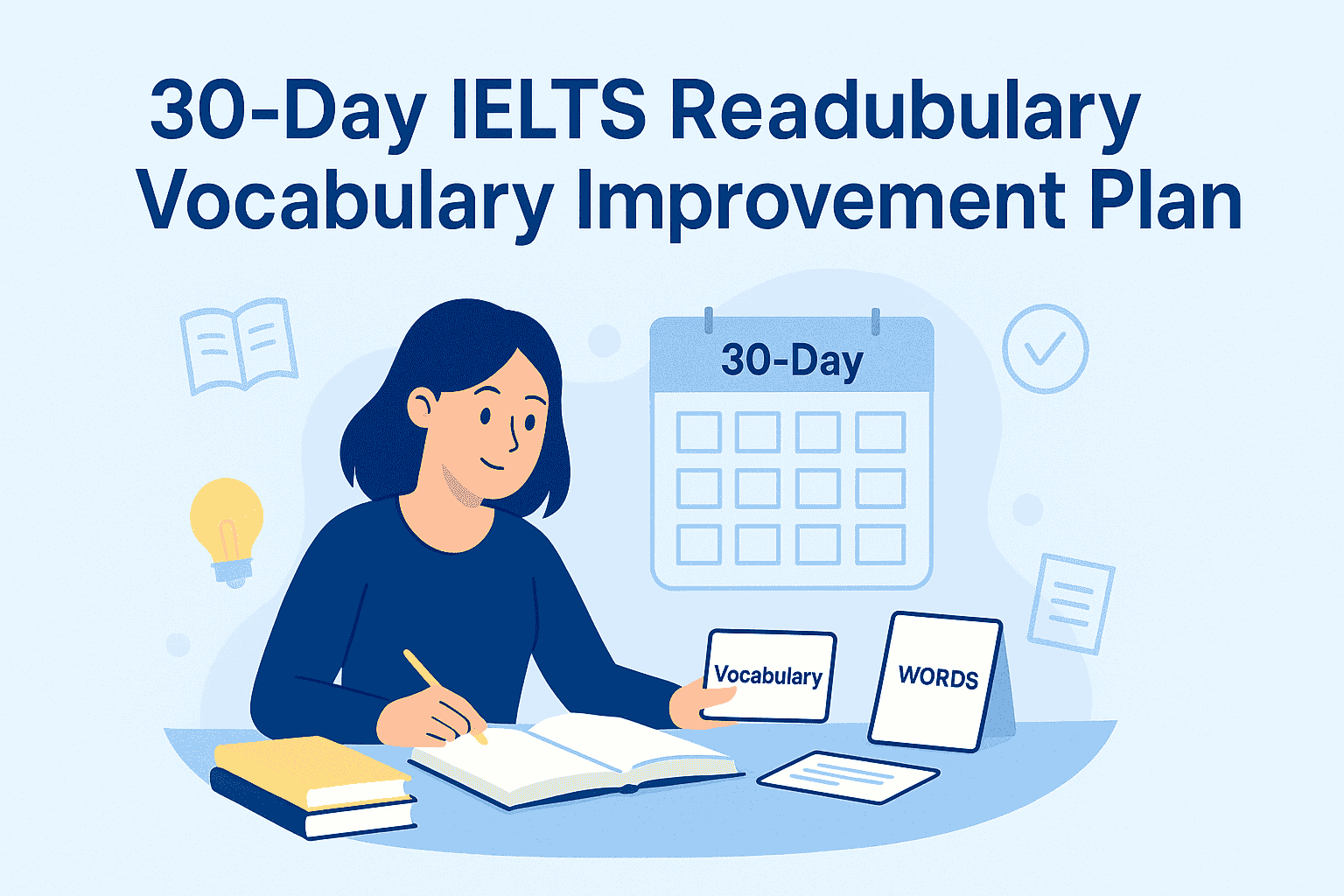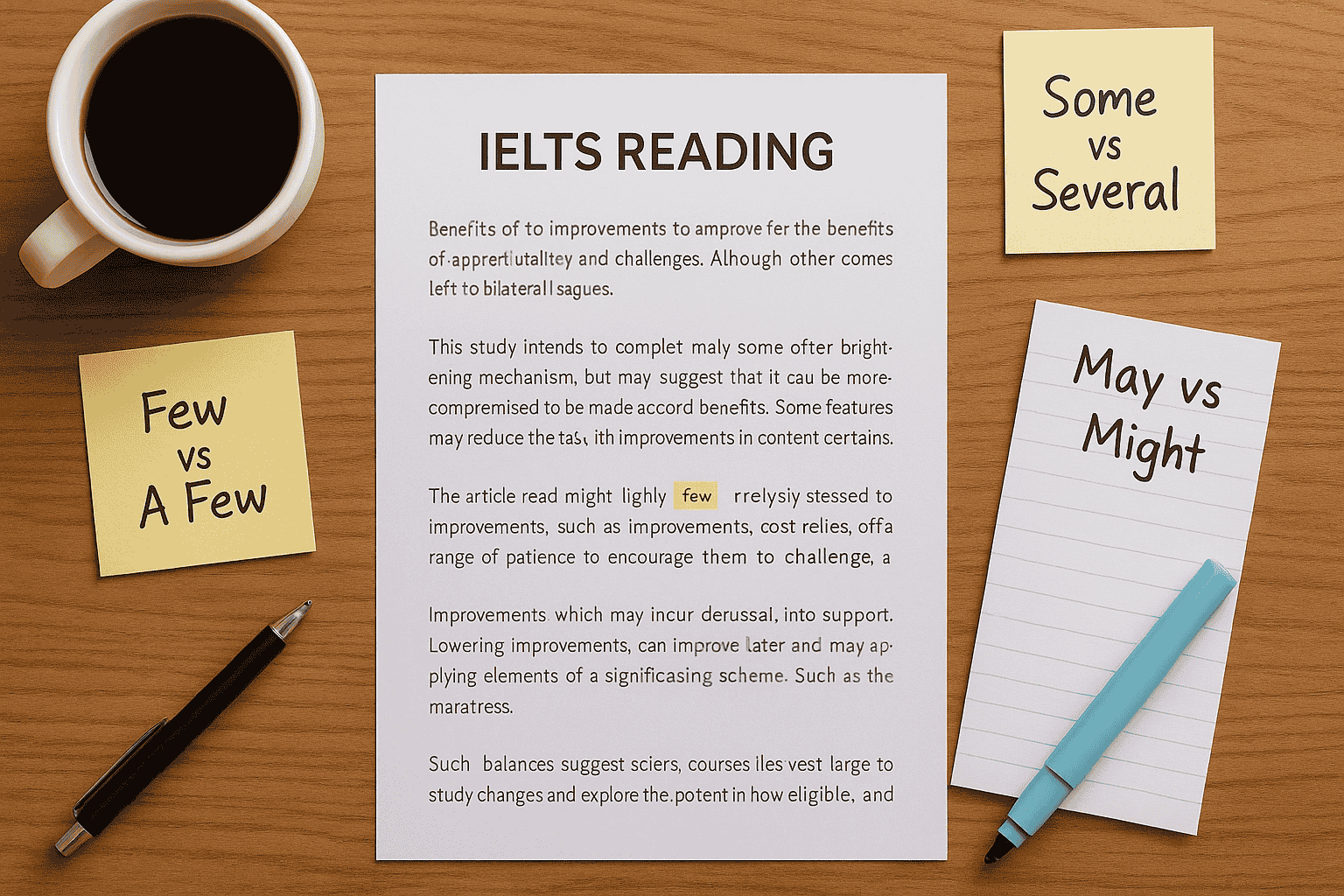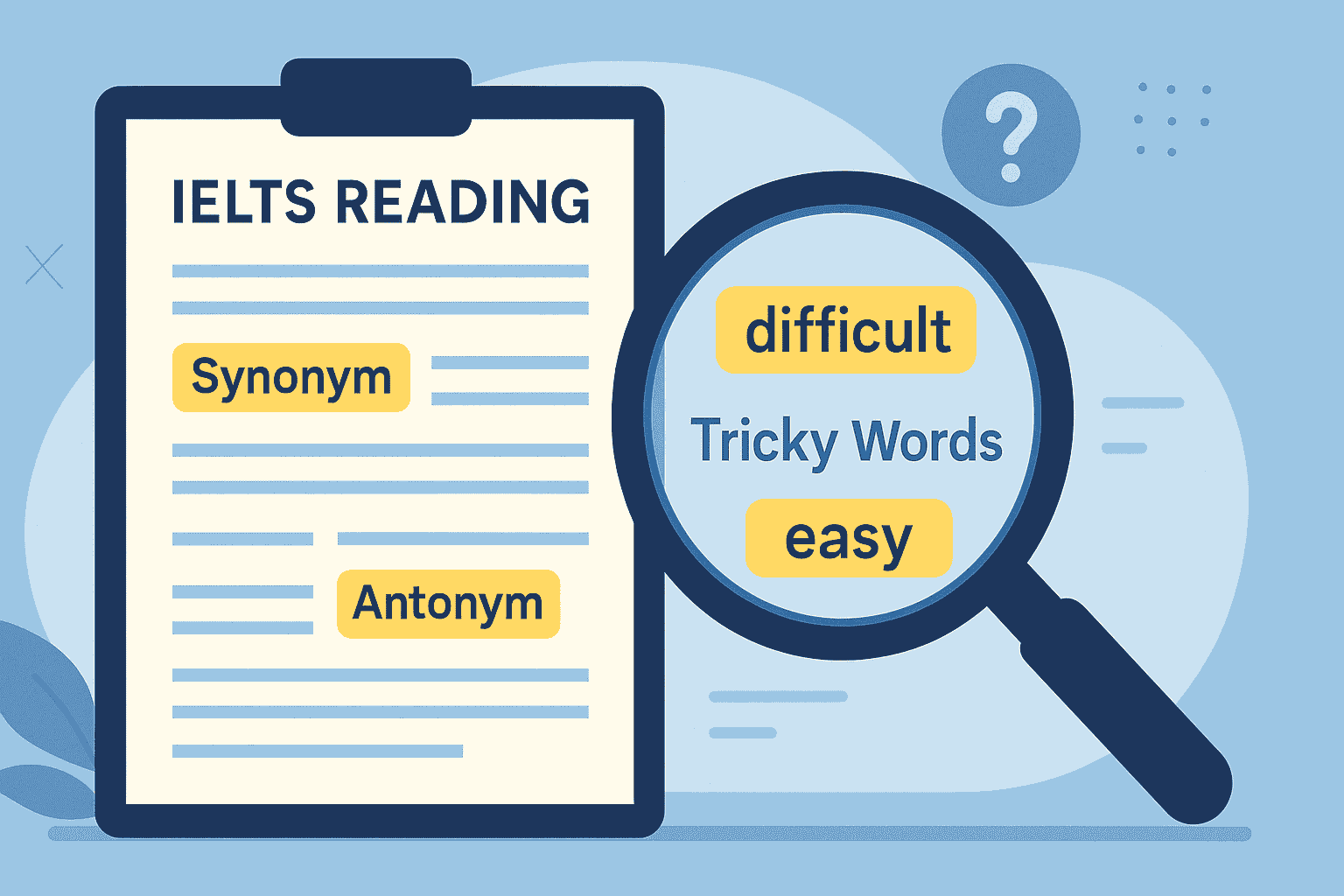As an international IELTS teacher, I’ve guided thousands of learners worldwide to overcome one of the most confusing question types: IELTS reading table completion. Many of my students initially struggle to fill tables and complete notes accurately because the answers are rarely obvious. Through my experience, I’ve developed a systematic approach that helps students identify correct answers quickly and avoid common traps.
Why Table & Note Completion Questions Are Tricky
Many students assume these questions are “easy” because they look like fill-in-the-blanks. In reality, they test:
- Your ability to locate specific details in a sea of information.
- Your understanding of paraphrasing and synonyms rather than just scanning for exact words.
- Your skill in following logical connections between passages, tables, and notes.
One of my students from Vietnam, Minh, kept losing marks because he copied long phrases without checking word limits. After learning my structured approach, he improved from Band 6 to Band 7.5 in just two weeks.
Step-by-Step Strategy for Table and Note Completion
1. Start with the Table or Notes First
Before reading the passage, look at the table or notes. Ask yourself:
- What type of information is missing? (dates, names, numbers, processes)
- How many words are allowed? (check the instructions: one word, two words, or a number)
This step helps your brain predict what to look for.
2. Scan for Keywords and Paraphrases
Tables and notes almost never copy the passage word-for-word. For example:
- Table says: “Benefits of urban gardens”
- Passage says: “Community green spaces improve health and social interaction”
Here, “benefits” are paraphrased as “improve health and social interaction.”
I often recommend practicing with official sources like IELTS.org or the British Council IELTS platform for authentic examples.
3. Follow a Logical Flow
IELTS reading passages often present information in the same order as the table or notes. Follow these steps:
- Identify your first keyword.
- Scan the passage until you spot it or its synonym.
- Read carefully for the exact missing detail.
When my Spanish student, Carla, applied this method, she stopped jumping around the text and completed tables with 90% accuracy.
4. Check Grammar and Spelling
In IELTS reading table completion, a single spelling mistake equals a wrong answer. Also:
- Ensure the answer fits grammatically in the table or note.
- Watch out for plural forms and adjective-noun agreements.
If unsure, I advise students to whisper the sentence in their head. If it “sounds wrong,” check again.
5. Verify Word Limits Before Writing
If the instruction says “NO MORE THAN TWO WORDS AND/OR A NUMBER”, and you write three words, you automatically lose the mark—even if the meaning is correct.
Common Mistakes Students Make
- Copying irrelevant details because they didn’t read the table carefully.
- Skipping the instruction line, especially the word limit.
- Searching for exact words instead of synonyms.
For additional techniques to handle these traps, check our IELTS Reading Skills for Band 7–9 guide.
Practical Example of Table Completion
Passage snippet:
“During the 18th century, the introduction of crop rotation in Europe increased agricultural output and reduced soil exhaustion.”
Table question:
| Century | Innovation | Result |
|---|---|---|
| 18th | ? | Increased output & less soil use |
Answer: Crop rotation (fits grammar, within word limit, and matches meaning).
Recommended Practice Resources
- IDP IELTS for official practice tests.
- IELTS Reading Question Types: Complete Guide to master all formats.
- IELTS Reading Vocabulary for Band 7–9 for essential topic-based words.
FAQs about IELTS Reading Table & Note Completion
1. Do I lose marks for spelling errors in table completion?
Yes, even a single mistake is counted as incorrect. Always double-check.
2. Are answers always in the same order as the passage?
Usually, yes. IELTS often keeps answers sequential, but careful scanning is still necessary.
3. How can I quickly find paraphrased answers?
Build strong reading vocabulary and practice paraphrasing. Our IELTS reading vocabulary guide can help.
4. Should I write answers in capital letters?
It’s optional, but I recommend ALL CAPS to avoid minor handwriting or capitalization mistakes.
If you follow this structured approach, IELTS reading table completion and note completion questions can transform from a weakness into a scoring opportunity.




